Chinese Massage: Benefits, Risks and Clinics Near Me
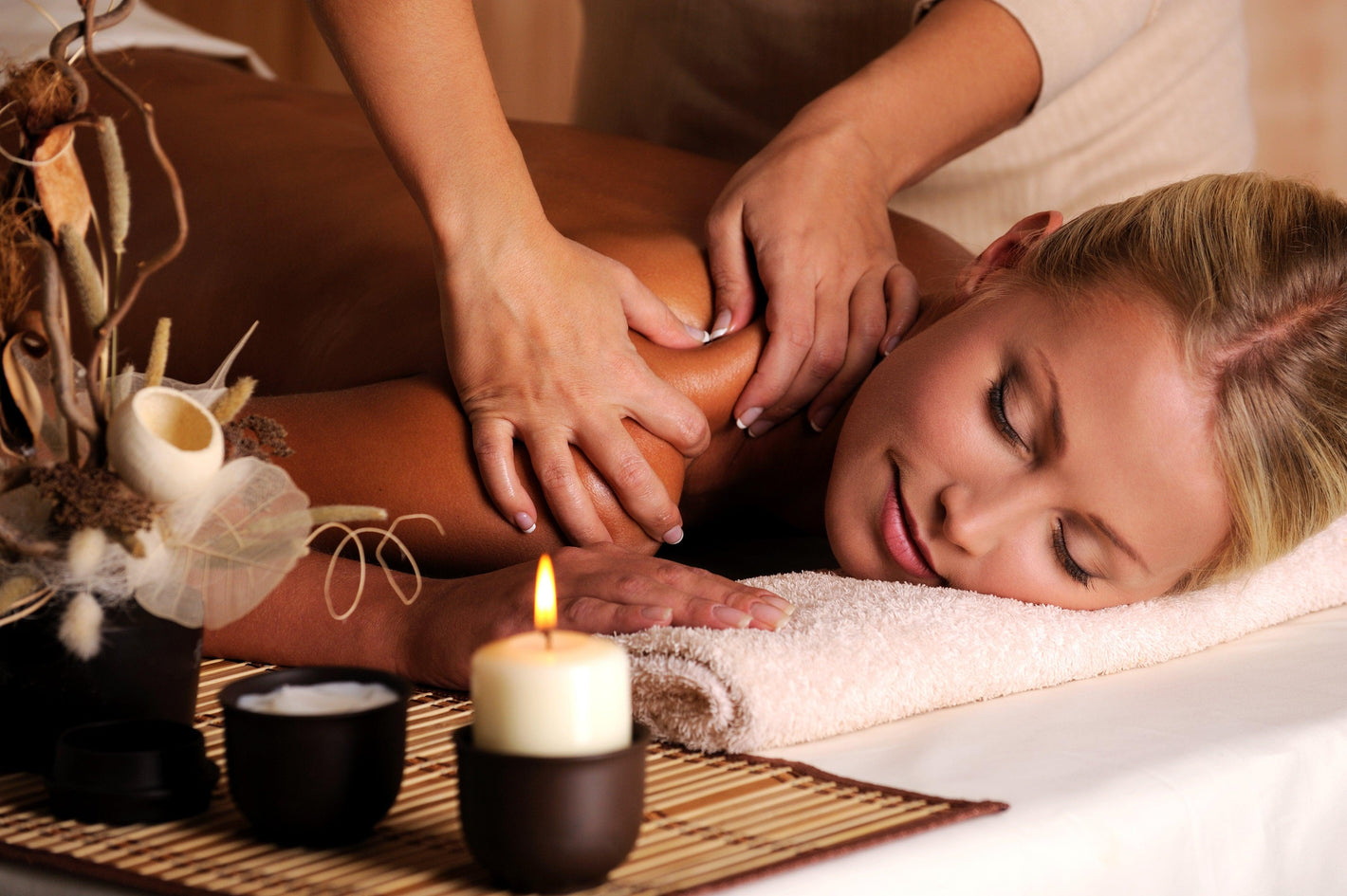
Related products
Chinese massage refers to the physical therapy techniques based on traditional Chinese medicine (TCM). These methods date back to 2500 years. These methods promote health and well-being by manipulating the tendons, joints, muscles and energy meridians.
The TCM views the human body as a system of interconnected energy channels known as the meridians. The massage techniques in Chinese medicine intend to balance and stimulate the flow of energy (Qi) through these channels, as the balance is beloved to promote well-being and healing.
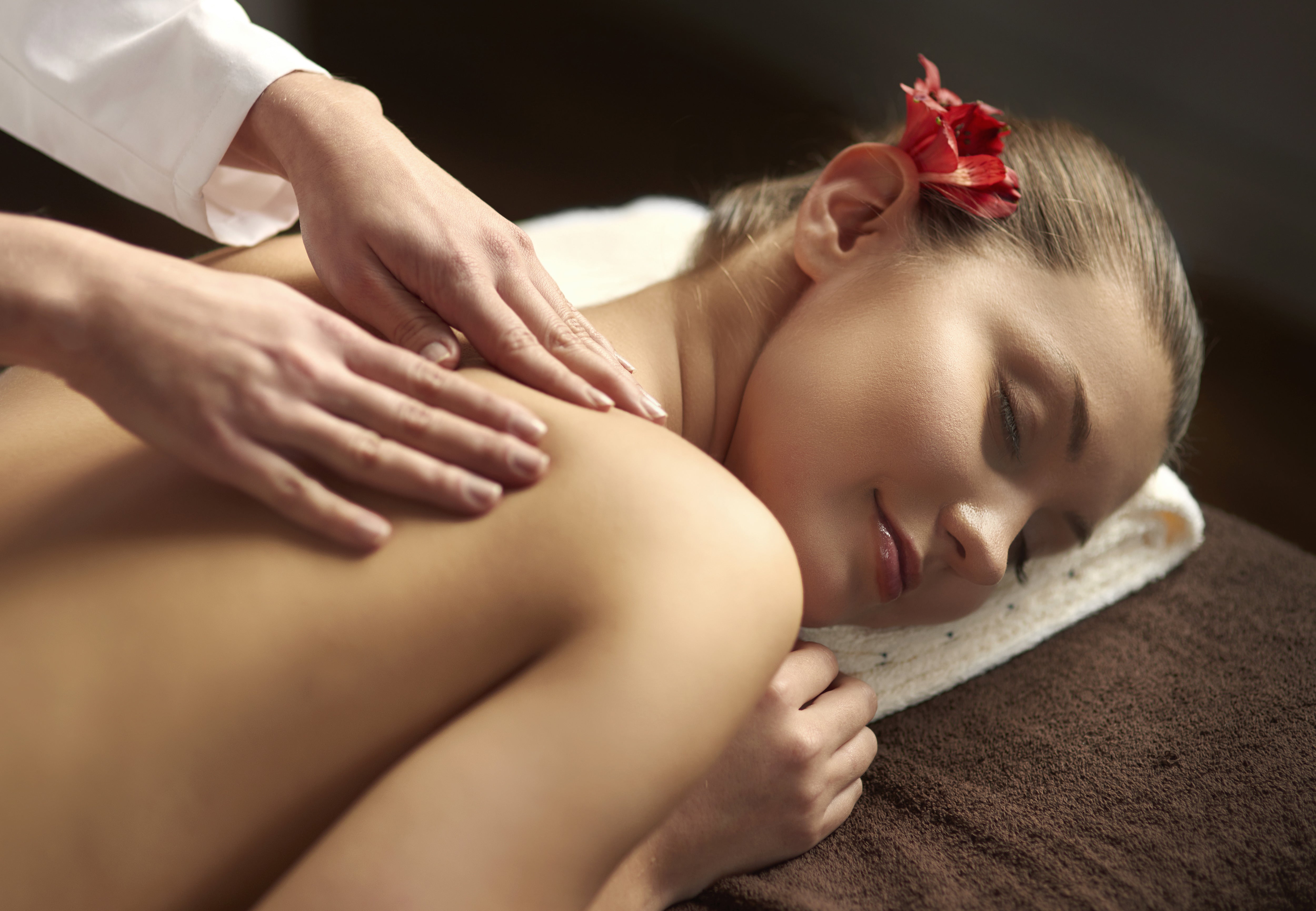
Today, Chinese massage is practised globally and propagated as a natural and holistic approach to promoting wellness and healing.
Different types of Chinese massage
The main types of Chinese massage are;
Tui na: The Tui na involves various techniques to balance and promote the flow of Qi (energy) throughout the network of channels known as meridians. Different techniques used are manipulation, acupressure, etc,Anmo: It involves pressing, rubbing and kneading at specific body points to stimulate healing, improve circulation and alleviate tensions.Gua sha: It involves using a smooth-edged instrument to scrape the skin to improve blood circulation and promote healing. The enhanced circulation reduces inflammation and alleviates tensions.Dian xue (acupressure): It involves the application of pressure to specific acupoints on the body to restore the energy balance, promote healing and alleviate pain.
Different techniques employed in Chinese massage
Various techniques used in different types of Chinese massage are;
Acupressure
It involves the application of pressure at specific points in the body (acupoints) to stimulate the flow of energy and relieve tensions. In TCM theory, the acupoints are the checkpoints along the meridians, the channels through which the Qi energy flows.
The body has hundreds of acupoints that are manipulated to balance and stimulate the flow of Qi. During acupressure, thumbs, fingers, palms or specialised tools are used to stimulate the acupoints.
Cupping therapy
In this technique, the cups placed on the skin create a suction. That suction promotes well-being and facilitates healing. Two types of cupping techniques are dry cupping, which uses dry cups and wet cupping (hijama in Arabic) in which an incision is made on the skin before the application of cups.
Manipulation
During manipulation, forceful and gentle movements are used to mobilise and stretch the joints and muscles. The practitioner uses different techniques to manipulate the joints, muscles, tendons and soft tissues to restore the energy balance, improve circulation, alleviate tension and promote relaxation. Different manipulative techniques are;
Rejoining (jie)
It is a joint mobilisation technique which involves gentle movements of the body joints to alleviate discomfort, reduce stiffness and improve the motion. These techniques address musculoskeletal conditions, e.g., joint injuries and restricted motions and restore proper alignment.
Palpating (mo)
It is an assessment process in Chinese massage which uses the hands to examine different body parts, e.g., tendons, muscles and body tissues, to identify tenderness, tension and structural abnormalities. The purpose of palpating different body parts is to identify the areas of blockage or imbalance in the flow of Qi energy.
Lifting (ti)
It is a manipulation technique in which the practitioner uses the lifting motion to manipulate the muscles, joints and soft tissues. It promotes circulation, alleviates tension and relieves stress. During the lifting process, the upward pressure is applied in a controlled and rhythmic manner using palms, fingers, thumbs or hands.
Opposing (duan)
It is a manipulation technique which involves the application of pressure or force in the opposite direction to address imbalance, discomfort and tension in the body. For example, the application of pressure on muscles in the opposite direction promotes relaxation by loosening the muscle fibres.
Kneading (mo)
This manipulation technique uses rhythmic rolling, pressing and squeezing movements to the muscles, tendons and soft tissues of the body to improve circulation and promote relaxation. The movements are similar to the kneading of dough. The practitioner adjusts the frequency and depth of motions according to the patient’s comfort.
Pressing (an)
This manipulation technique involves the application of sustained pressure to different body parts or specific points. It stimulates the acupoints to achieve the massage targets. The firmness of the pressure is adjusted according to the tolerance and preference of the client.
Pushing (tui)
It involves applying pressing or pushing motions using elbows, palms, fingers or hands at specific areas of the body to stimulate the acupoints. The firmness, duration and frequency of the pushing are adjusted according to the massage’s goals.
Holding (na)
This manipulation technique involves the application of sustained traction or pressure on specific points or areas of the body for a specific time. The firmness and duration of the pressure are adjusted to the massage goals.
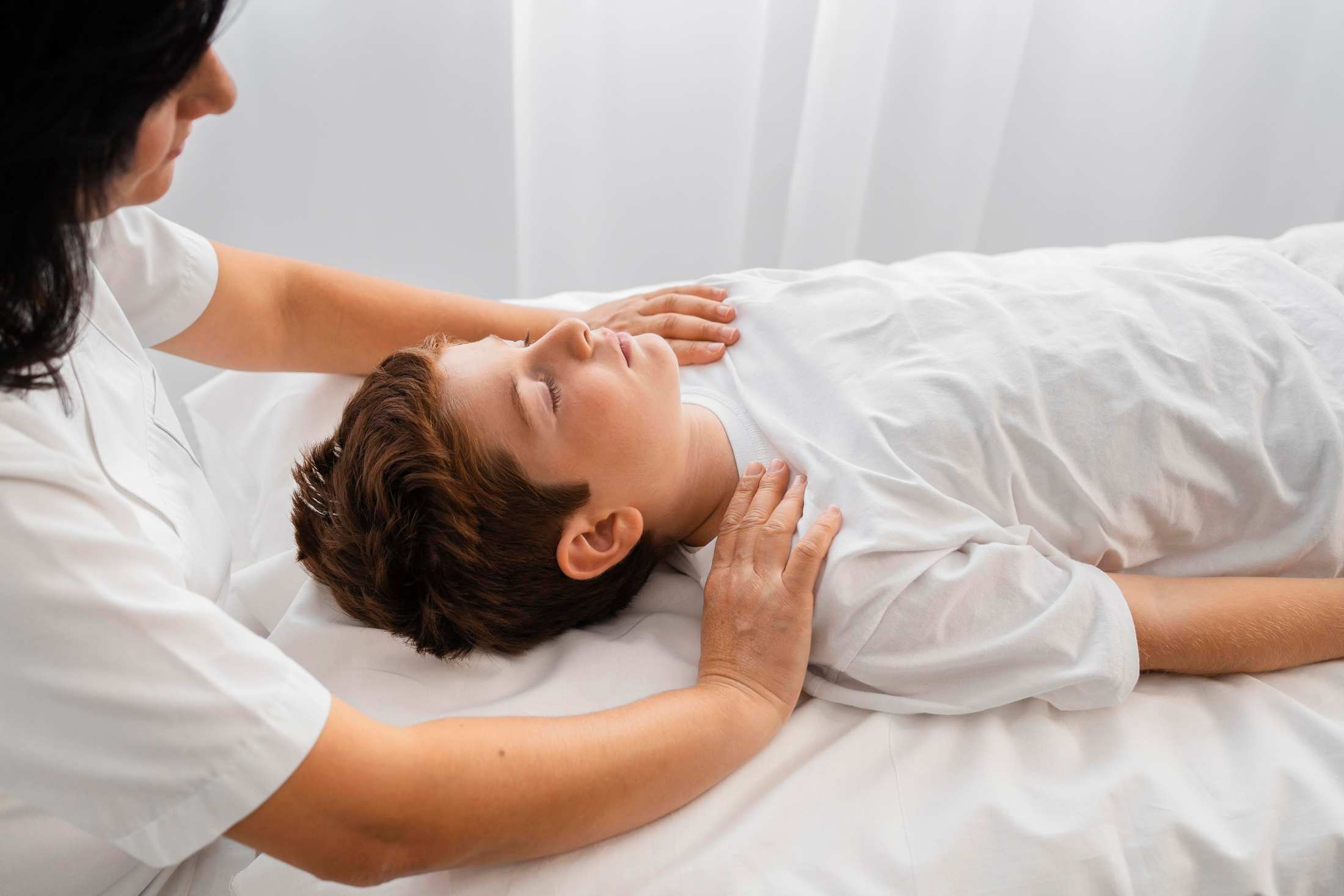
These actions are performed using a massage oil or lotion. Welzo provides Deep Heat Muscle Massage Roll-On Lotion that promises relief from pain, aches and stiffness by penetrating deep into the tissues. Visit the product page for more information.
Health benefits of Chinese massage
The well-researched benefits of Chinese massage are;
Pain reduction
Various studies have shown the pain-reducing effects of various massage techniques for chronic pain in different body parts, from the lower back to the neck. Pain reduction is the most important reason why people go for Chinese massage, says Rose Adams (Therapy Services, USA).
Rose Adams and colleagues reported that adding a 30-minute massage session in pain management reduced the pain level from 5.18 to 2.33 on a 0 – 10 visual analogue scale. Massage therapy reduces pain by improving healing and recovery and inducing sleep and relaxation.
Faster healing
Massage therapy in combination with physical therapy is often performed to hasten the healing process. Various mechanisms proposed for faster healing are improved circulation, reduced muscle tensions, relaxation, better flexibility and mobility, improved body awareness and lymphatic drainage.
A randomised controlled trial by Li Zhang and colleagues in 2025 found that practising the Shujing Tongdu massage in combination with other therapies effectively promoted wound healing and lowered the symptoms associated with spinal injuries.
Improved blood circulation
The pulling, pushing, stretching and pressuring of different body parts causes more blood circulation into the area. Due to massage, the blood pressure falls due to the expansion of blood vessels.
A group of researchers at the Tsukuba College of Technology, Japan in 2004 noted that massage causes a significant increase in skin temperature, muscle blood volume (MBV) and skin blood flow (SBF).
Better physical balance
Various massage techniques e.g., Tui Na improve physical balance, particularly in people having chronic illnesses that cause frequent falls due to physical imbalance, e.g., Parkinson's disease. A case report by Yolanda Casciaro (MacEwan University, Canada) in 2016 concluded that a 63-year-old Parkinson's patient experienced a decrease in postural and resting tremors by using massage therapy.
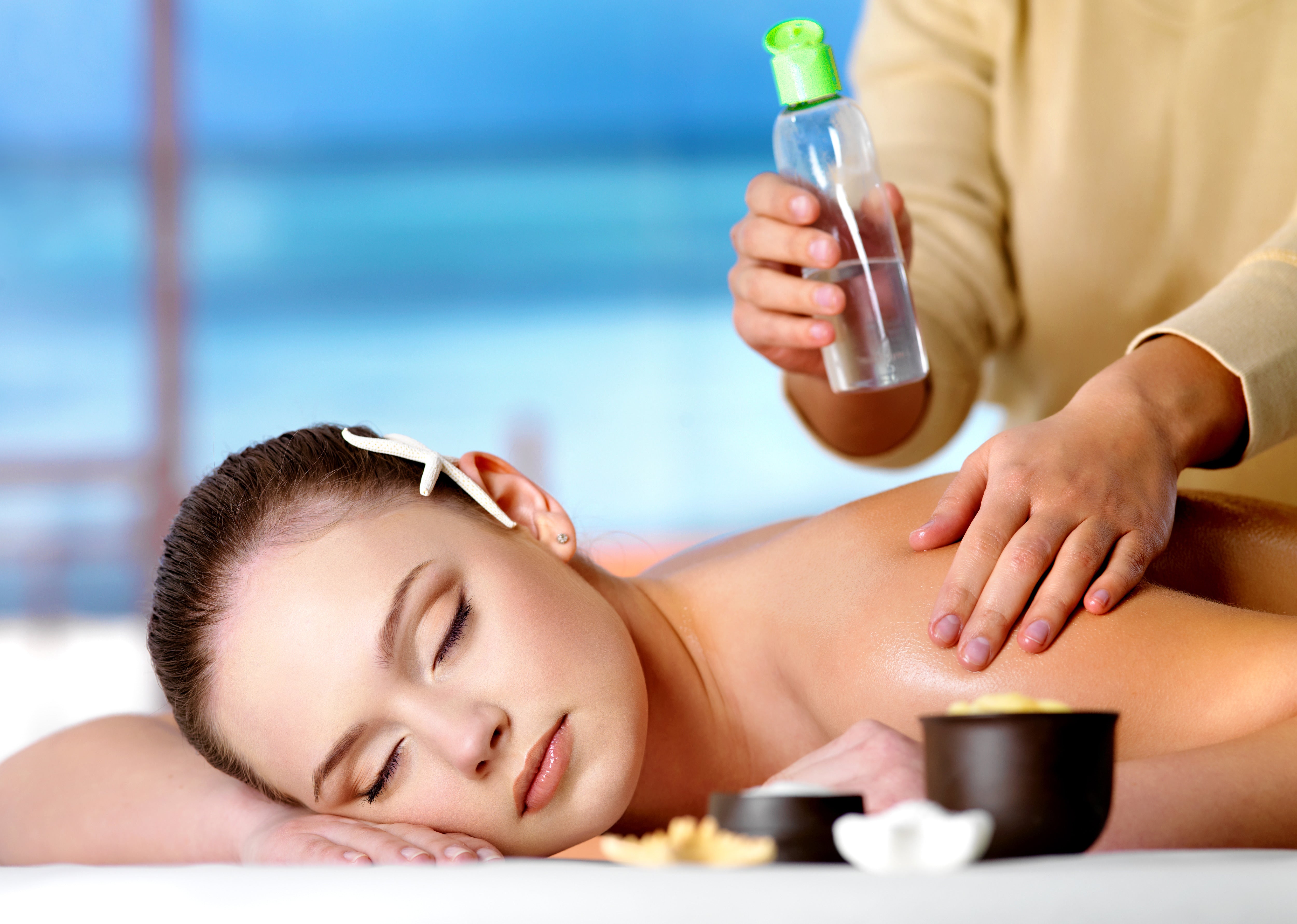
Important considerations and precautions
Some important things to consider before going for Chinese massage are;
- Ensure that there are no injuries and underlying medical conditions contraindicated for massage. For example, people having fractures and skin allergies, particularly to the oils used in massage therapy must not undergo massage.
- People with hypertension and pregnant women must consult the healthcare provider for guidance.
- Consult a qualified healthcare provider with certification in Chinese massage. Any concerns and questions must be communicated to the practitioner to ensure better safety and comfort during the session.
Frequently Asked Questions
How does Chinese massage work?
Chinese massage uses a variety of techniques to promote relaxation and healing. These techniques aim to balance the flow of energy (Qi) in the energy channels known as the meridians that promote health and wellness.
What should be expected from a full-body Chinese massage?
The full-body massage or Tui Na sessions are performed on the massage table. The techniques e.g., rolling, sliding and kneading are used to deliver medicinal effects. Many people have reported relief and comfort.
What is the unique thing about Chinese massage?
Unlike sports massage or deep tissue massage, in which the target is to release the tight muscular knots by boosting the blood flow into a specific area, Chinese massage is performed to balance the flow of energy (Qi) in the body to get the desired health benefits.
Visit the Welzo information page to know more about deep tissue massage, its benefits and risks.
What are the disadvantages of Chinese massage?
There are no specific side effects. However, some users find it very awkward and experience undesirable aftereffects. Some people find the time needed and expense too much. Relaxing causes sleepiness that is sometimes undesirable.
How do Thai massages and Chinese massages differ from each other?
Both are similar to each other. Thai massage is performed on the floor and mat with the main focus on stretching and pressure points. Due to slow progression, it is sometimes labelled as ‘lazy man yoga’. The main focus of Chinese massage is on meridians, acupressure and reflexology.
What should be avoided after a massage session?
It is necessary to rehydrate the body after the massage by taking a lot of fluids. One should avoid spicy foods, alcohol and caffeine. It is also critical to avoid vigorous exercises throughout the rest of the day.

Bottom-line
Chinese massage is a part of traditional Chinese medicine. It has a long history, and offers an alternative and holistic approach to promoting wellness and health. It uses techniques like cupping, acupressure and Tui Na to restore the balance of the energy flowing in the body, promote well-being and alleviate tensions.
Its popularity is increasing globally and some techniques have a scientific backing. People like it as it offers an effective and natural way to maintain mental and physical health. To find a clinic near you, please continue to treatwell and yelp.com for locations near you.
Ready to explore a world of holistic wellness beyond massage therapy? Discover Welzo’s comprehensive online health services and start your journey to optimal health and vitality today!



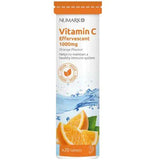
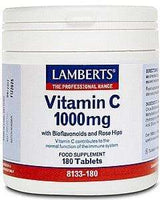
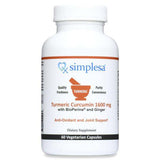
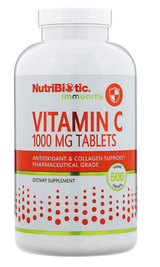
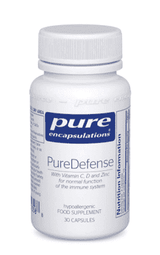
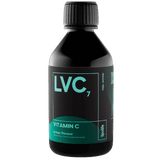
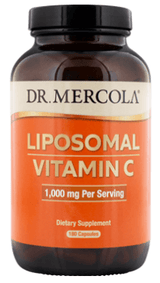
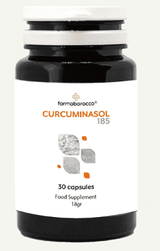
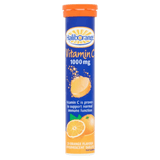
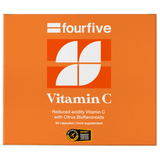
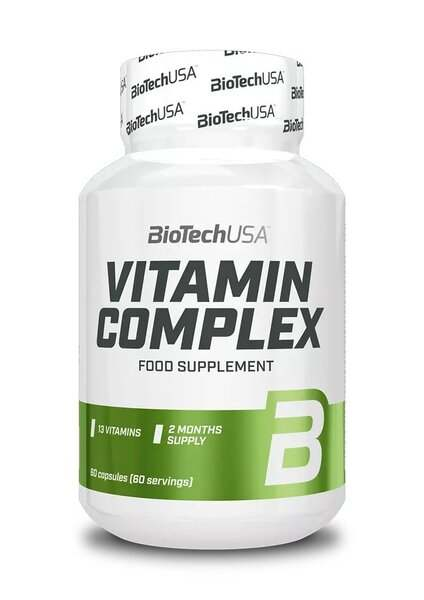
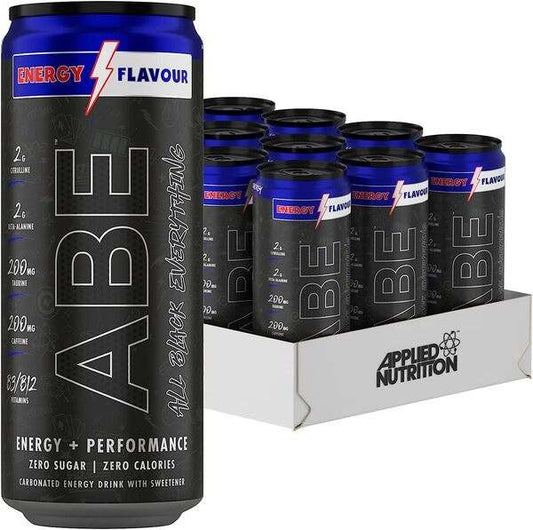

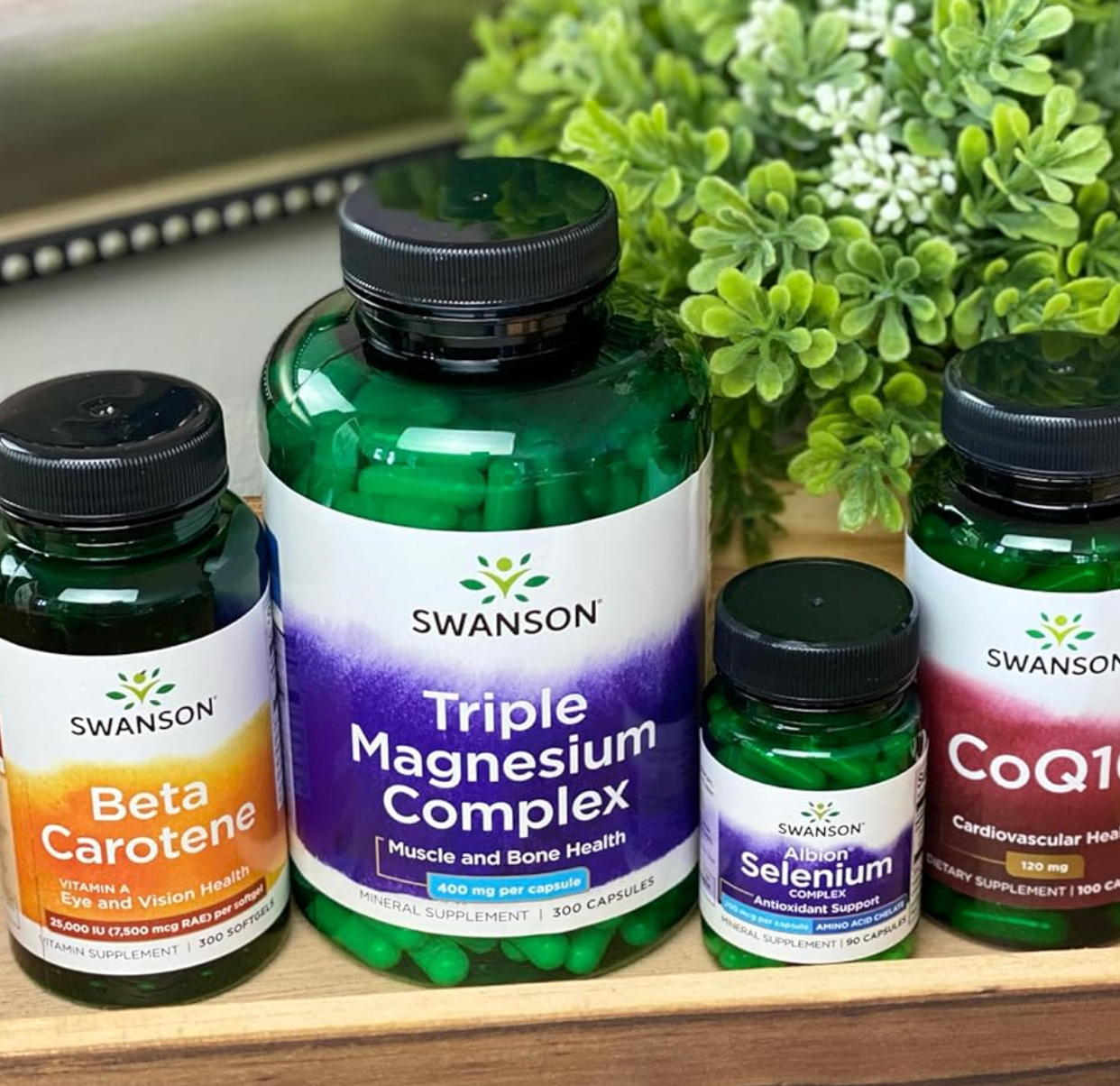

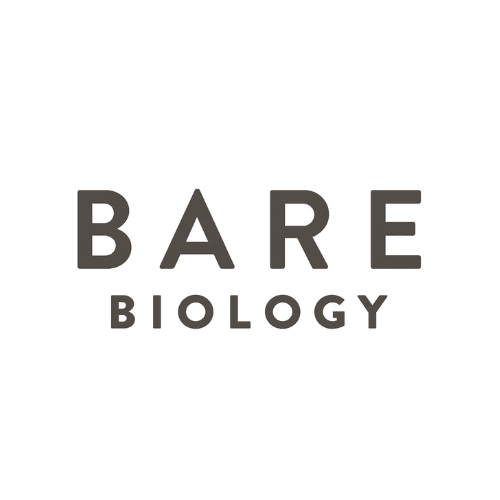
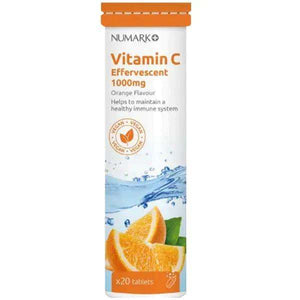
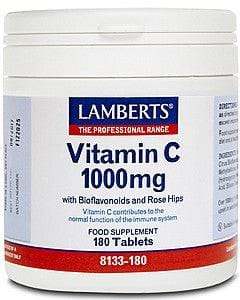
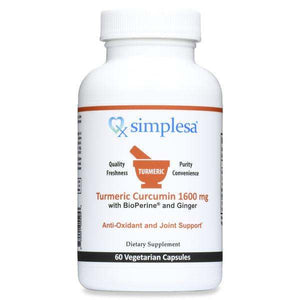
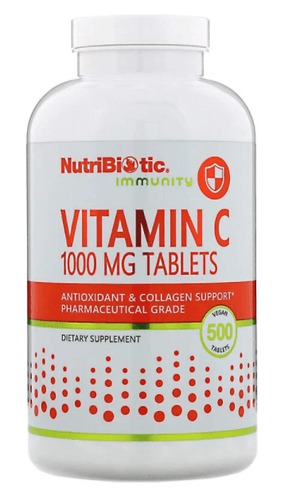
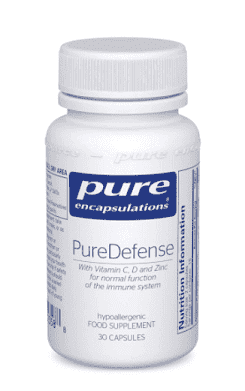
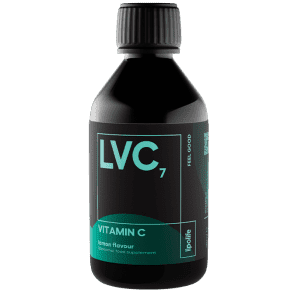
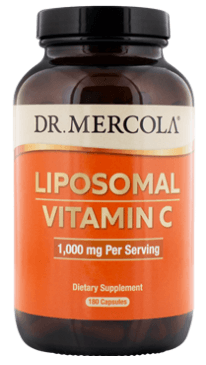
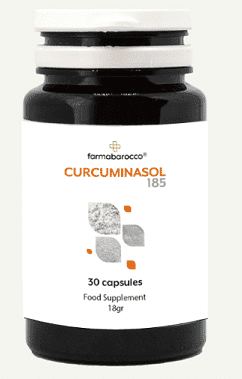

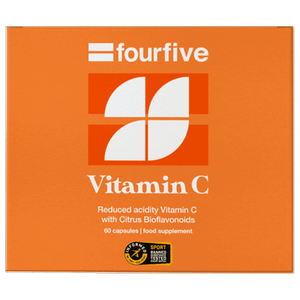
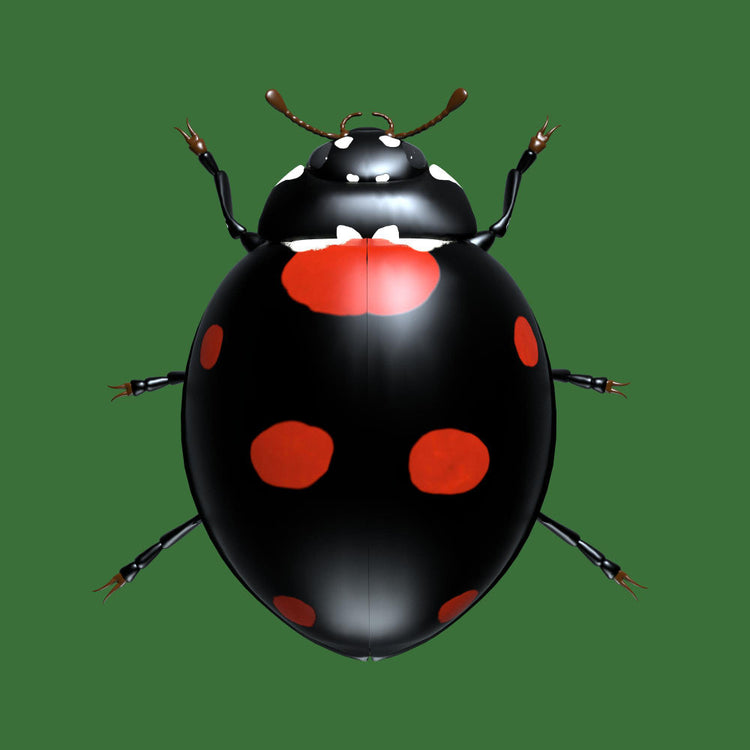
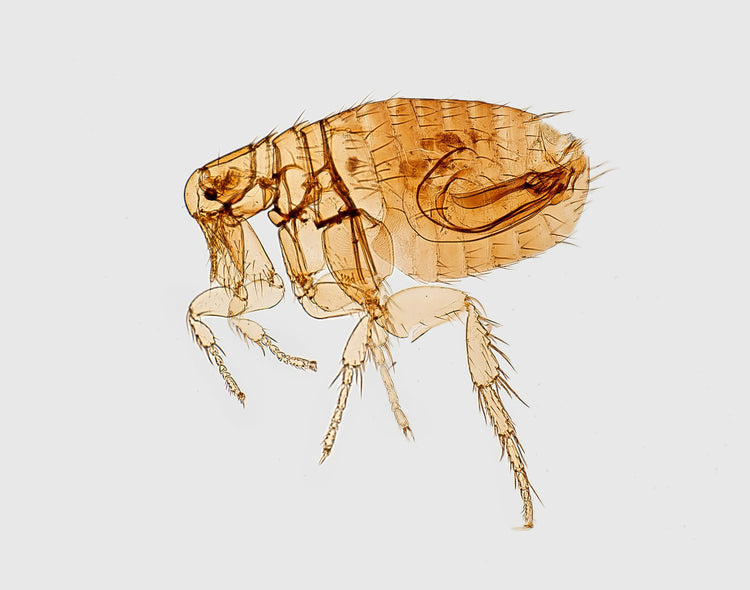
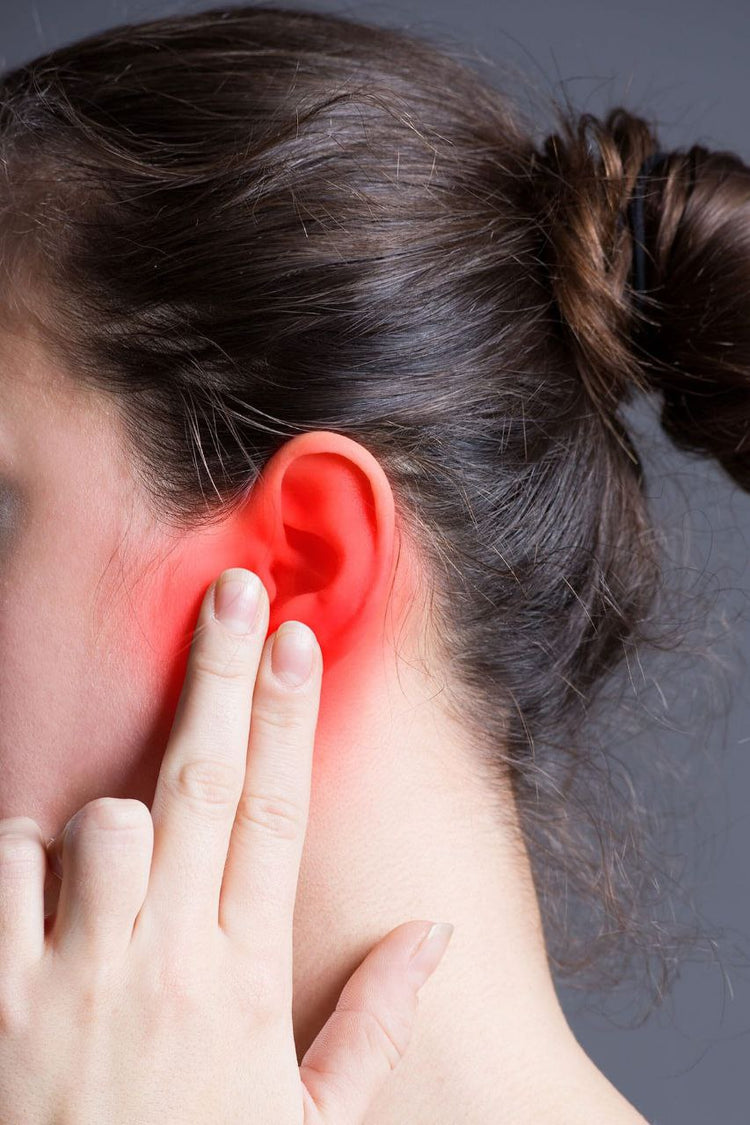



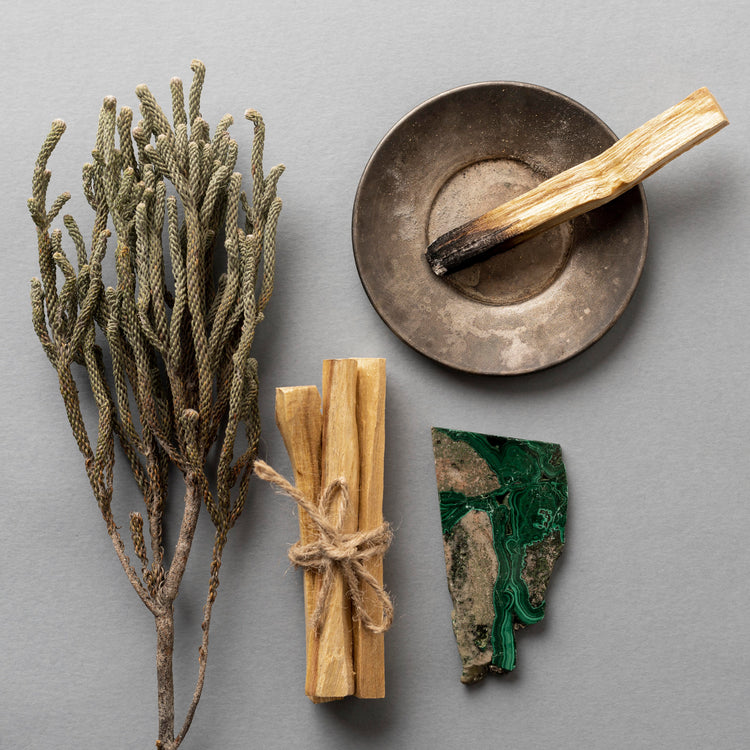
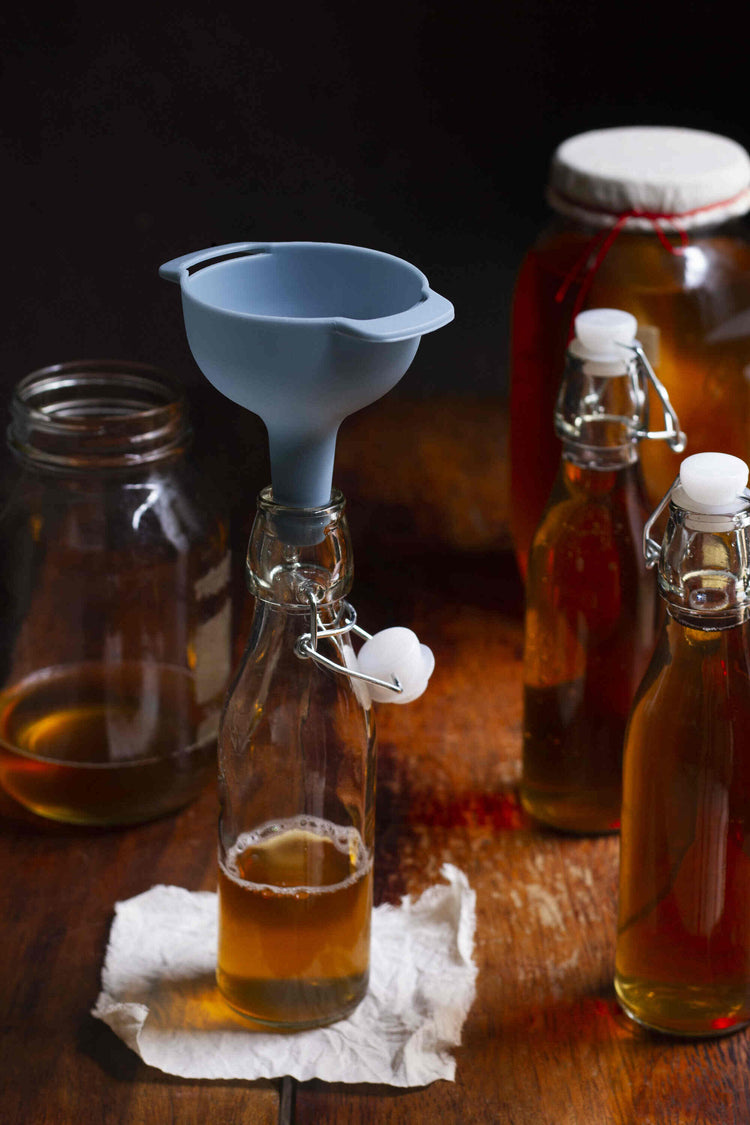
 Rated Excellent by 26,523+ Reviews
Rated Excellent by 26,523+ Reviews